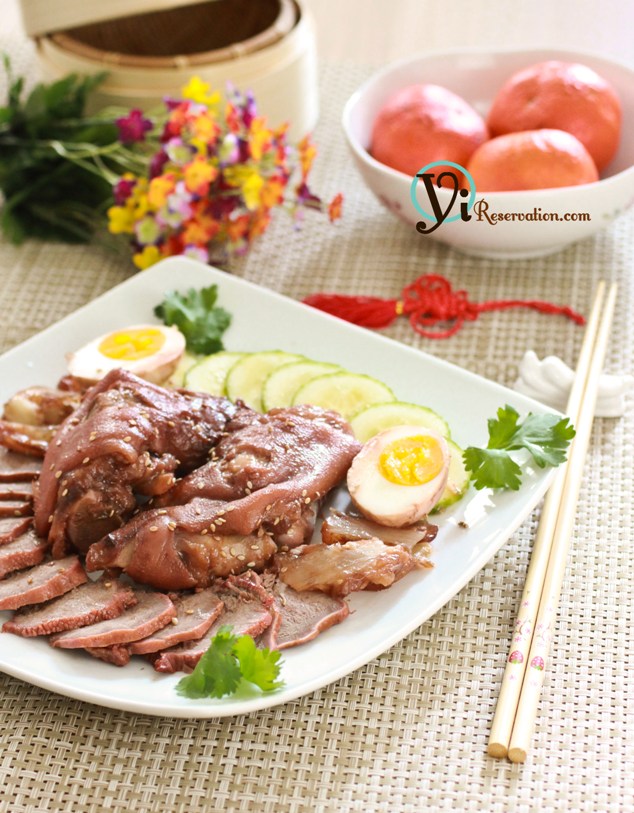Lu Wei (滷味) – Braised Aromatic Five Spiced Goodness
While I consider Chinese as my native language and English as my second language, my opportunities to use Chinese on the daily basis are rather limited.
Still, I am very grateful that I can read and write Chinese. It becomes especially handy when I discover a delicious authentic Chinese recipe and it only exists in Chinese 
One fascinating aspect about Chinese language is that some of the oldest characters used today are pictogram which were once drawn or inscribed on hard objects such as bones and rocks to convey meanings.
For instance, the word鹵 (pronounced lǔ) means a bag of salt. The ancient symbol of this word is precisely represented by a drawing of a bag of salt. Then after a few thousands later, the character became what is known Traditional Chinese.
From left to right: pictogram symbol, the form found on seal, the modern traditional character
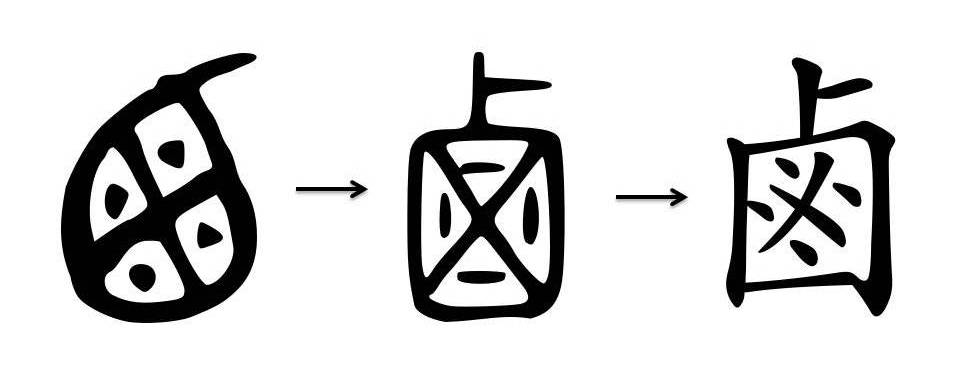
Image Source: Wikitionary
Now if you combine the water with a bag of salt, you’ll get the word滷 (still pronounced lǔ), a noun and verb. Guess what this word means?
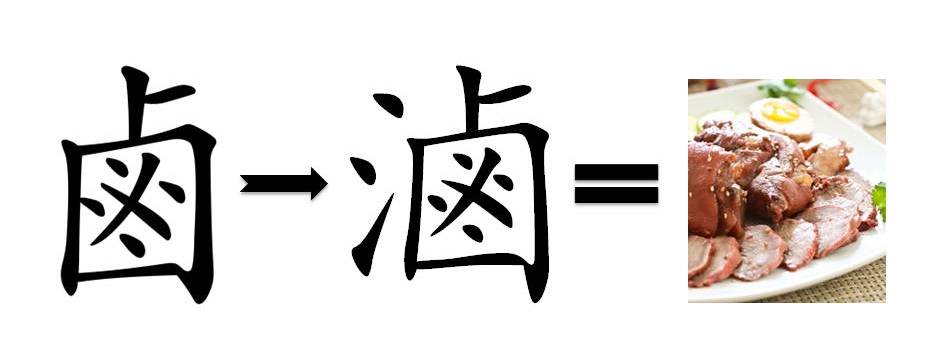
Bingo! Just as you expected, adding some water to the salt will give you brine (滷) and cooking food in the brine will yield something like 滷味(pronounced lu wei in Mandarin) or deliciously braised protein ingredients in aromatically spiced “brine”. Doesn’t this just make you want to learn Chinese? I think I just secretly discovered my teaching talent J
In a nutshell, the verb lu means is to slowly braise different kinds of ingredients in a brine that’s made with soup stock, soy sauce, and many aromatic spices. The food prepared this way is called 滷味 (lu wei)
Obviously the real reason I am bringing up these words is that not only lu wei is one of the greatest Chinese cooking techniques in the history yielding countless regional variations; but it is also one of the must-served dishes in Chinese festival meals.
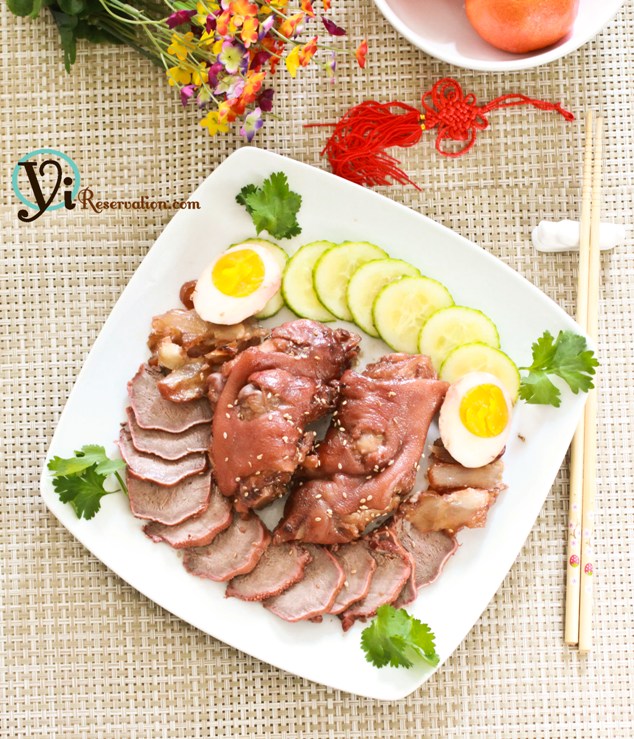
As I mentioned last week that Chinese New Year is just one week away, there is nothing better to serve some delicious lu wei or what I called food braised in aromatic brine (some translation calls it red cooking but I feel the translation doesn’t convey the essence of the dish) as an appetizer.
Given the rich history and extensive regional variation, this recipe is as simple as it can be. As the name suggests, not only the brine is salty and savory but it is also aromatic. The aroma therefore is the key and differentiating factor separates the good lu wei from bad one.
The aroma is achieved using a mix of various spices / dry herbs such as the more well known five spices. However this recipe calls for a lot more than just five spices. Below you’ll find a list of spices/ dry herbs commonly used and you can totally think this as the Chinese version of Ras El Hanout. (I’ve seen recipes call for over 30 spices/herbs with most of them unheard of).
Depends on your culinary culture and background, you might or might not recognize some of the spices. Chinese supermarkets sell the per-packaged spices for this dish. Get the individual spices to experiment around if you already know the basics.
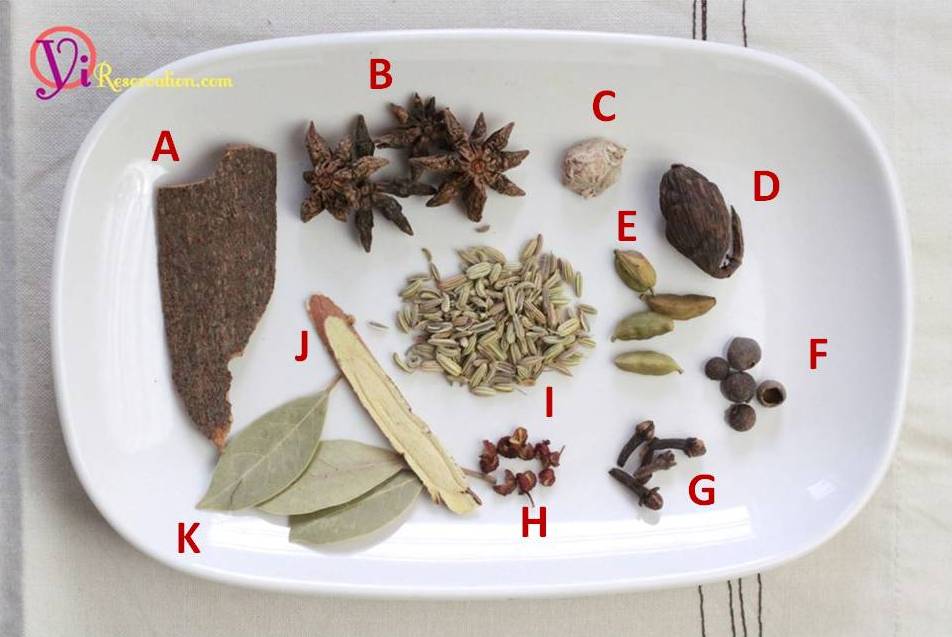
Chinese Ras El Hanout.
- A – Cinnamon Stick (桂皮)
- B – Star Anise (八角)
- C – Sand Ginger (山柰 or沙薑)
- D – Black Cardamom (草果)
- E – Green Cardamon (豆蔻)
- F – Allspice (多香果)
- G – Clove (丁香)
- H – Sichuan Peppercorn (花椒)
- I – Fennel Seed (小茴香)
- J – Liquorice (甘草)
- K – Bay Leaf (月桂葉)
Once you have found these spices (or some of them), you are 70% through the making of this dish. The rest is just to simply follow the remainder of the recipe. You can be flexible and creative with the kind of protein you want to braise. I have listed the common used ingredients in the recipe.
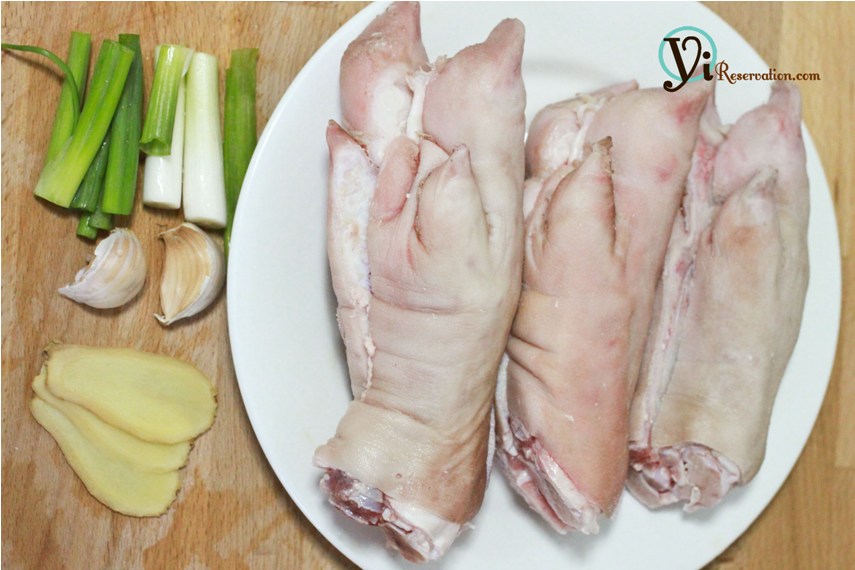
Step-by-Step Illustrations
Blanch the protein in boiling water for about 5 minutes.
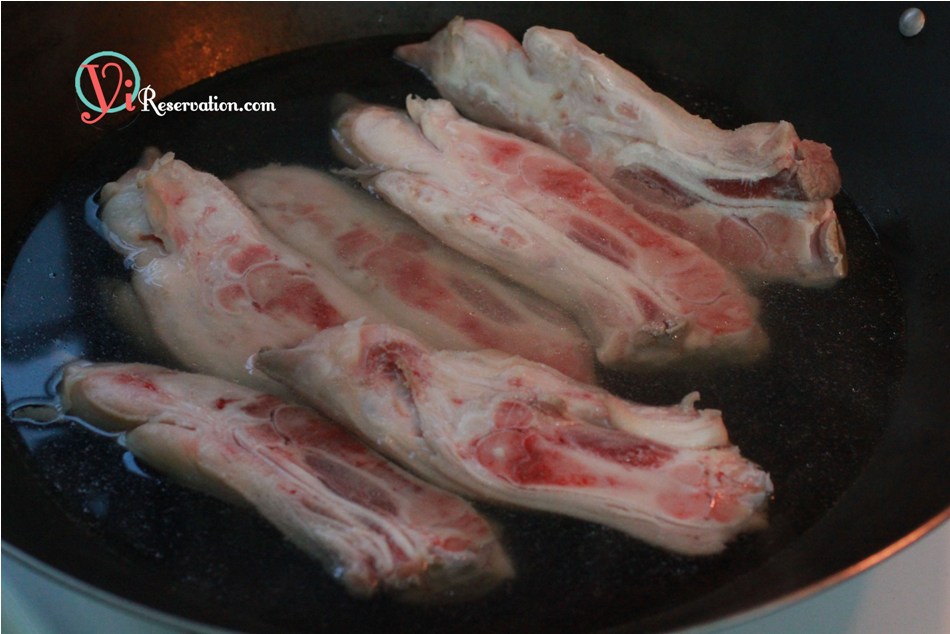
Fry the scallion, ginger, and garlic and fry until aromatic.
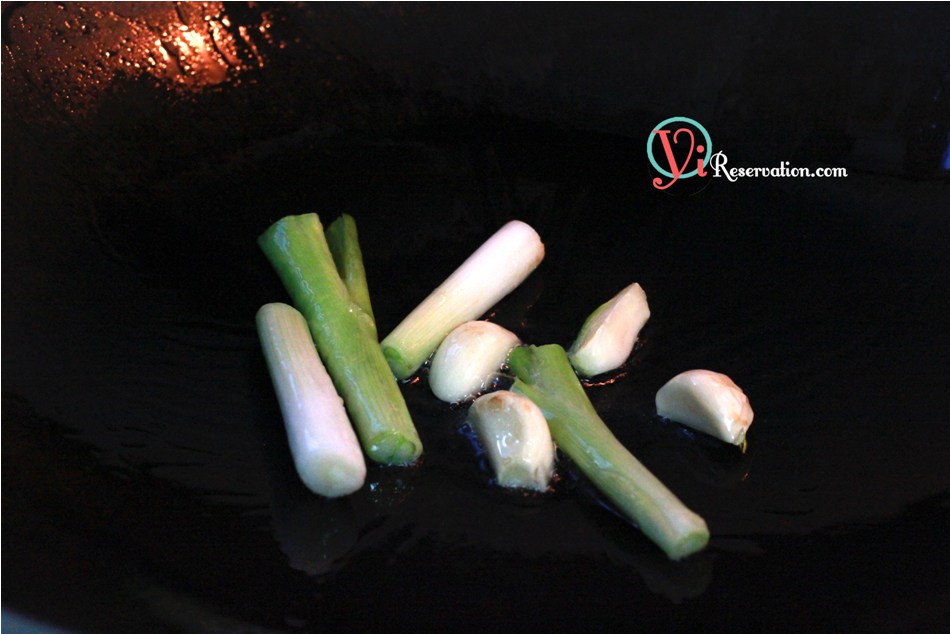
Add the rest of the brine ingredients to make the brine.
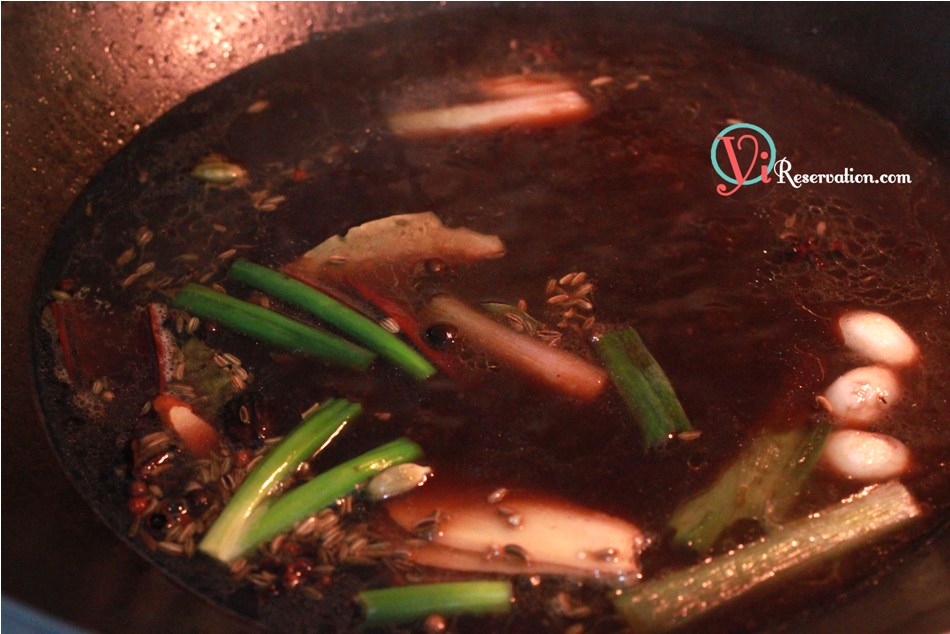
Once it boils reduce the heat to simmer.
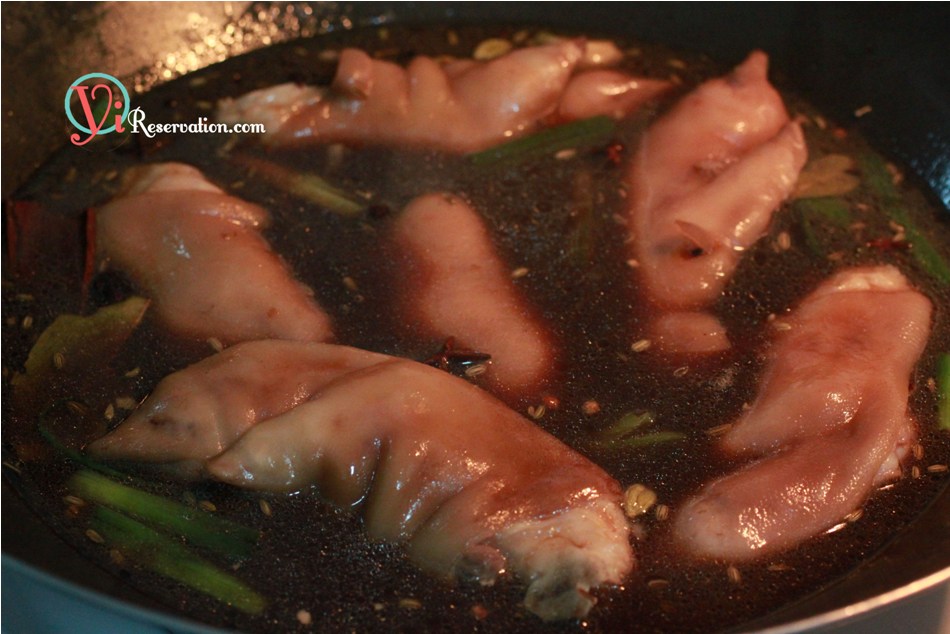
Soak the ingredients in the brine over night to get the best result.
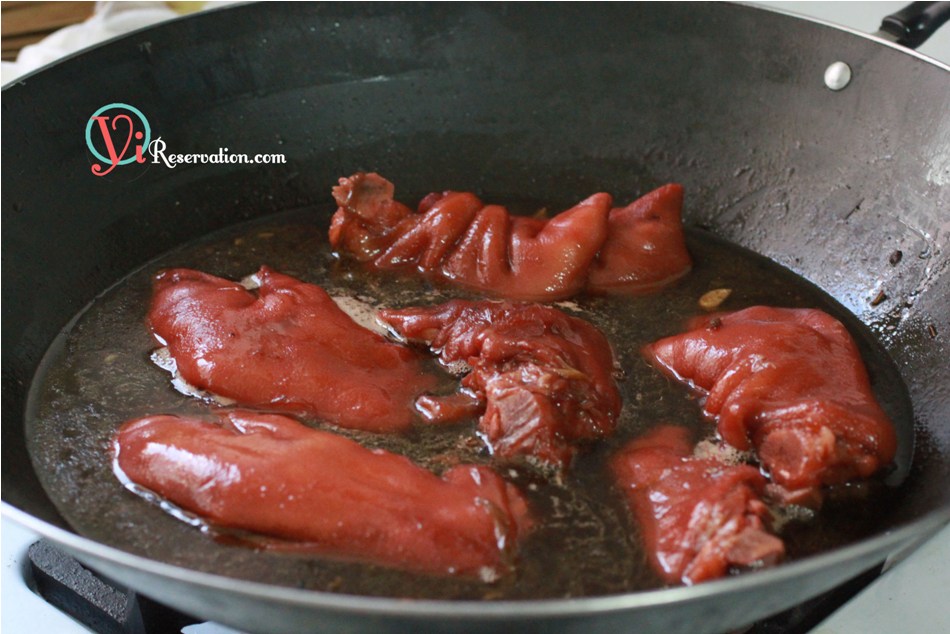
Last thing, just in case you will be too busy celebrating Chinese New Year next week and skipping my last part of the Chinese New Year special post (but I suggest you still visit), I wish you all a Happy Year of Dragon!
| Lu Wei (滷味) – Braised Aromatic Goodness |
#ratingval# from #reviews# reviews
|
Print
|
- 2 lb Protein (beef, beef tongue, beef tendon, pig trotters, chicken, duck, seafood, egg, bean curd, and etc)
- 3 slice Ginger
- 3 clove Garlic
- 1 cup cooking wine
- ½ cup Soy sauce + 2 tbsp dark soy sauce
- ½ cup Rock sugar
- Spices listed above (use as many different spices as you can find)
- 2.5 cup stock, water. Use less if using the existing brine (aka master brine)*
- Salt to taste
- Blanch the protein in boiling water for about 5 minutes. Rinse off the impurities under running water. Drain the water in a colander.
- To make the braising brine, heat up 2 tbsp of cooking oil. Add the scallion, ginger, and garlic and fry until aromatic. Add water or stock. If you have master brine* add to the cookware now. Add soy sauce, sugar, cooking wine, and spices. If you can’t find all the spices make sure you have at least star anise, cinnamon, and bay leaves. (In this recipe I use 2 inch of cinnamon, 4 star anise, 2 sand ginger, 1 black cardamom, 3 green cardamom, 4 clove, 3 bay leaves, and 1 tbsp of the rest of the spices.)
- Once the brine starts to boil, add the protein to the brine. Add the protein according to the time each ingredient takes to cook. Ingredients such as beef tendon and beef will take longer to cook so braise these first.
- Bring the food to boil and add salt to taste. If you use the master brine*, make sure you reduce the amount of salt. I like to add salt in three separate times to avoid being too salty. Reduce the heat and simmer with a lid on.
- Turn around the ingredients periodically to ensure the flavor is absorbed evenly. Simmer for 45 minutes to 3 hours depending on the ingredients. After done cooking, soak the ingredients in the brine over night to allow the flavor fully get into the center of each ingredient. Cool down the meat and slice the ingredients to your like. When serving, lightly brush the food with some sesame oil.
*I strongly encourage you to save the left brine for the next use. Just simply filter out all the dry stuff and store the brine in the freezer. This previous used brine is called master brine. The flavor of the brine gets better over time and usage.
